Computing to move from apps to information
EMC leaders show what they feel is the future of their own business as well as IT in general, and it involves complete changes in infrastructure.
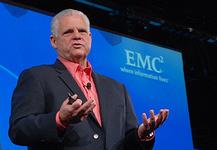
"Information-centric computing" - a complete overhaul of how information is used and stored - is moving to the top of the storage agenda, according to speakers at EMC World in Las Vegas this week.
Joe Tucci, EMC chairman, president and chief executive, said that the EMC saw a major part of its future in cloud computing and infrastructure services business, which it called "information-centric computing". He said in the company's opinion, this was going to be what the next wave in IT would be.
Information-centric computing is a change from the present where information was trapped in individual devices or applications. In the future, it would be consolidated across a whole range of applications in an environment. In EMC's case, this would mean cross leveraging across its product lines and divisions which include RSA and recently spun-off VMware.
"You very often have fragmented views of information. Tomorrow you will get consolidated views of information which will be much easier to get to," said Tucci.
"Today, policies, if applied at all, are applied haphazardly, for some of the data or information, some of the time. Tomorrow systems will be driven through common policy and common safeguards, followed everywhere."
Tucci was followed by Howard Elias, president of EMC Global Services and Resource Management Software, who went on further to talk about what they thought was this "friction" in IT. He said although computing had made big strides, there was too much friction in the information being created and the users that wanted to consume it.
He said that the change to information centric computing would be a complete change from the application centric computing that still dominated today.
Get the ITPro daily newsletter
Sign up today and you will receive a free copy of our Future Focus 2025 report - the leading guidance on AI, cybersecurity and other IT challenges as per 700+ senior executives
"Virtualisation, SOA, Web 2.0 type services, this type of application and infrastructure breaks our information management tools we have today," said Elias.
"But it does give us a tremendous opportunity to think about ways of doing this that our much more productive."
Elias looked at a simple everyday example of a mash-up combining different information sources. It was of the popular online community Craigslist, with its list of flats and houses advertised, overlaid on Google Maps.
"The designers of the Google Maps didn't know that some user down the road was going to put apartment spaces on this map. The designers of Craigslist didn't know that somebody would want to do this," Elias said.
"But the fact is, we do this every single day. It's a very small and powerful example of how we want to utilise, consume, collaborate and bring together disparate information resources for a particular purpose at a particular time."
Tucci and Elias also talked about the automation of the data centre, where managers would understand every single part of the IT service process, such as the design of a particular section of the infrastructure and the service you wanted the infrastructure to deliver. To automate the data centre these would be mapped out, connecting people, processes and technology.
-
 Bigger salaries, more burnout: Is the CISO role in crisis?
Bigger salaries, more burnout: Is the CISO role in crisis?In-depth CISOs are more stressed than ever before – but why is this and what can be done?
By Kate O'Flaherty Published
-
 Cheap cyber crime kits can be bought on the dark web for less than $25
Cheap cyber crime kits can be bought on the dark web for less than $25News Research from NordVPN shows phishing kits are now widely available on the dark web and via messaging apps like Telegram, and are often selling for less than $25.
By Emma Woollacott Published
-
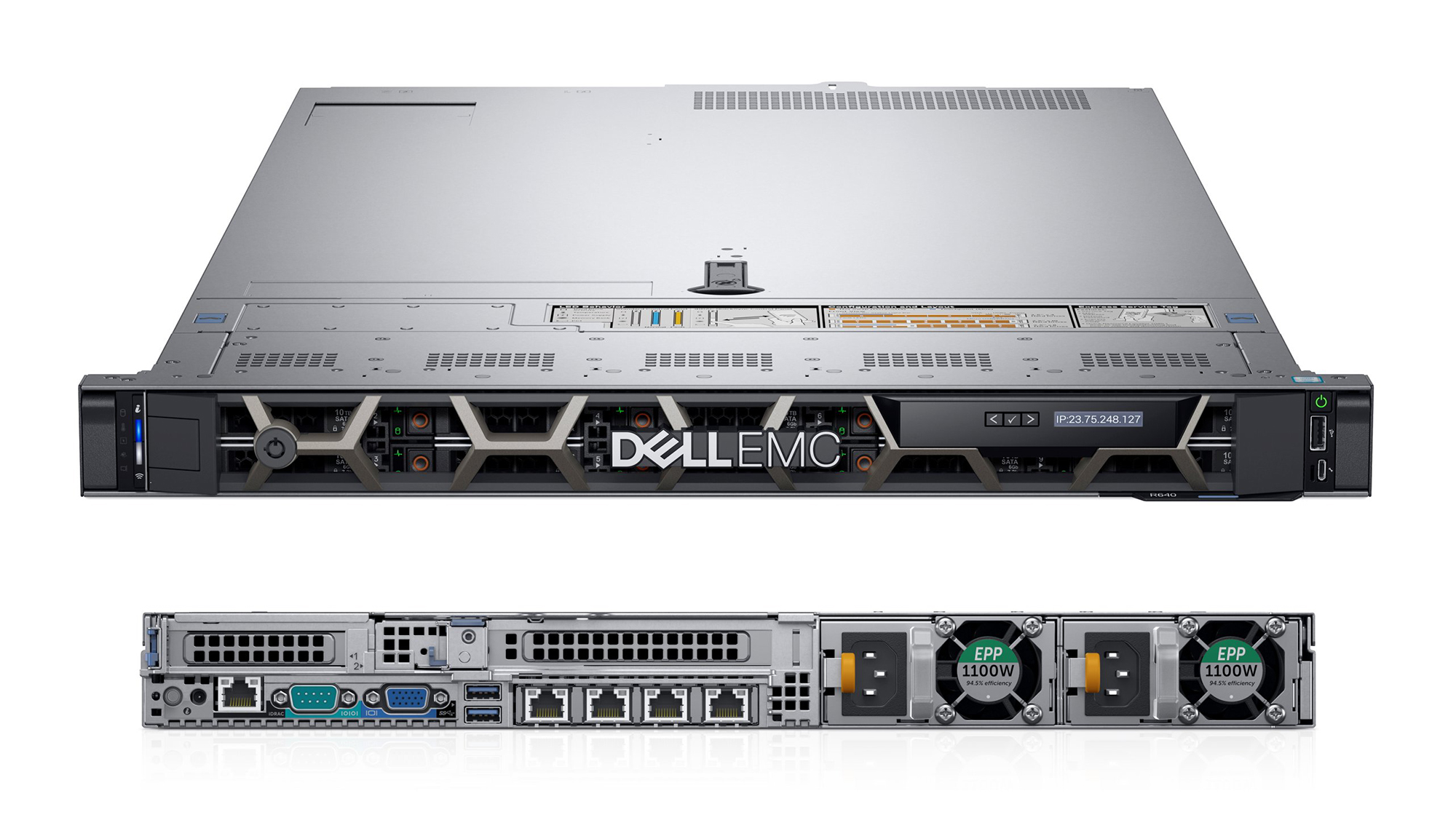
 Dell EMC PowerEdge R640 review
Dell EMC PowerEdge R640 reviewReviews A versatile, low-profile Xeon Scalable rack server with a big heart
By Dave Mitchell Published
-
 Businesses must pay greater attention to third-party risk
Businesses must pay greater attention to third-party riskNews Roles and responsibilities must be agreed on now to avoid blindspots and recriminations
By Jane McCallion Published
-
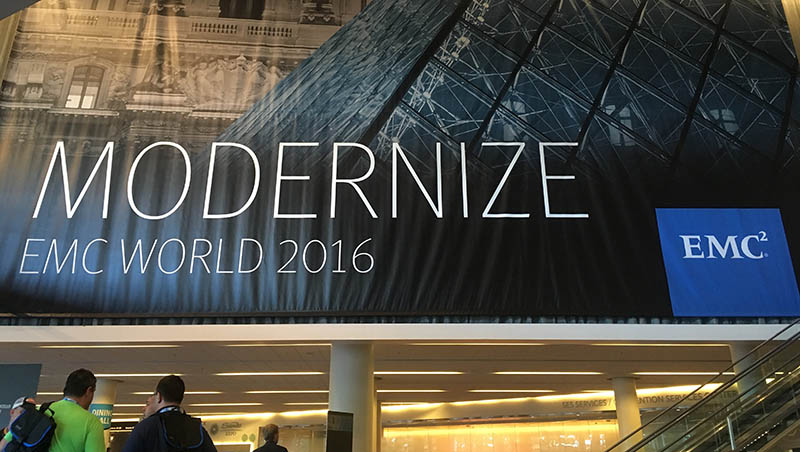 EMC reveals quest to modernise the datacentre at EMC World 2016
EMC reveals quest to modernise the datacentre at EMC World 2016News IT must get most out of existing investments while upgrading, says EMC
By Jane McCallion Published
-
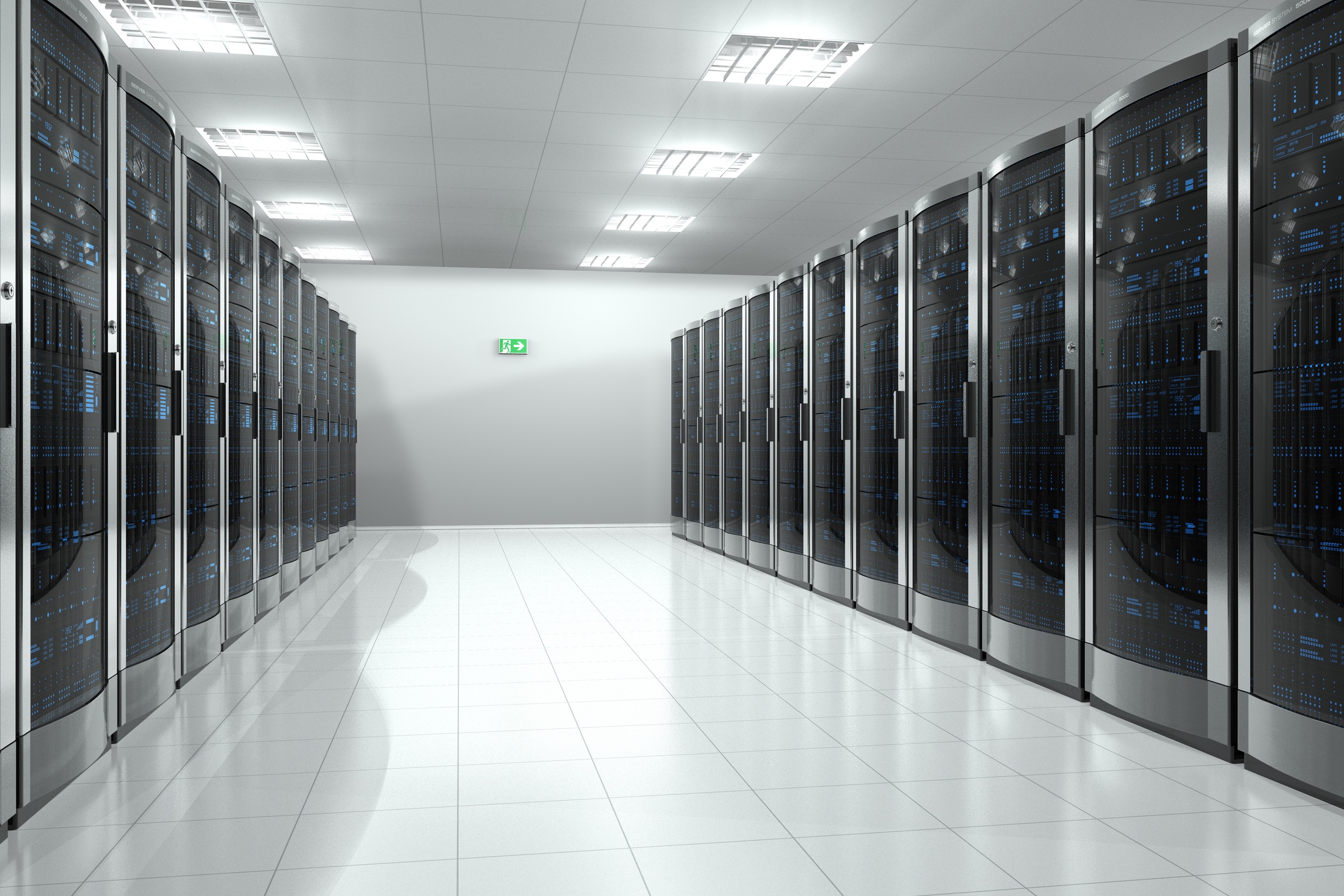 EMC open sources more storage software
EMC open sources more storage softwareNews RackHD project aims to make managing storage much easier
By Rene Millman Published
-
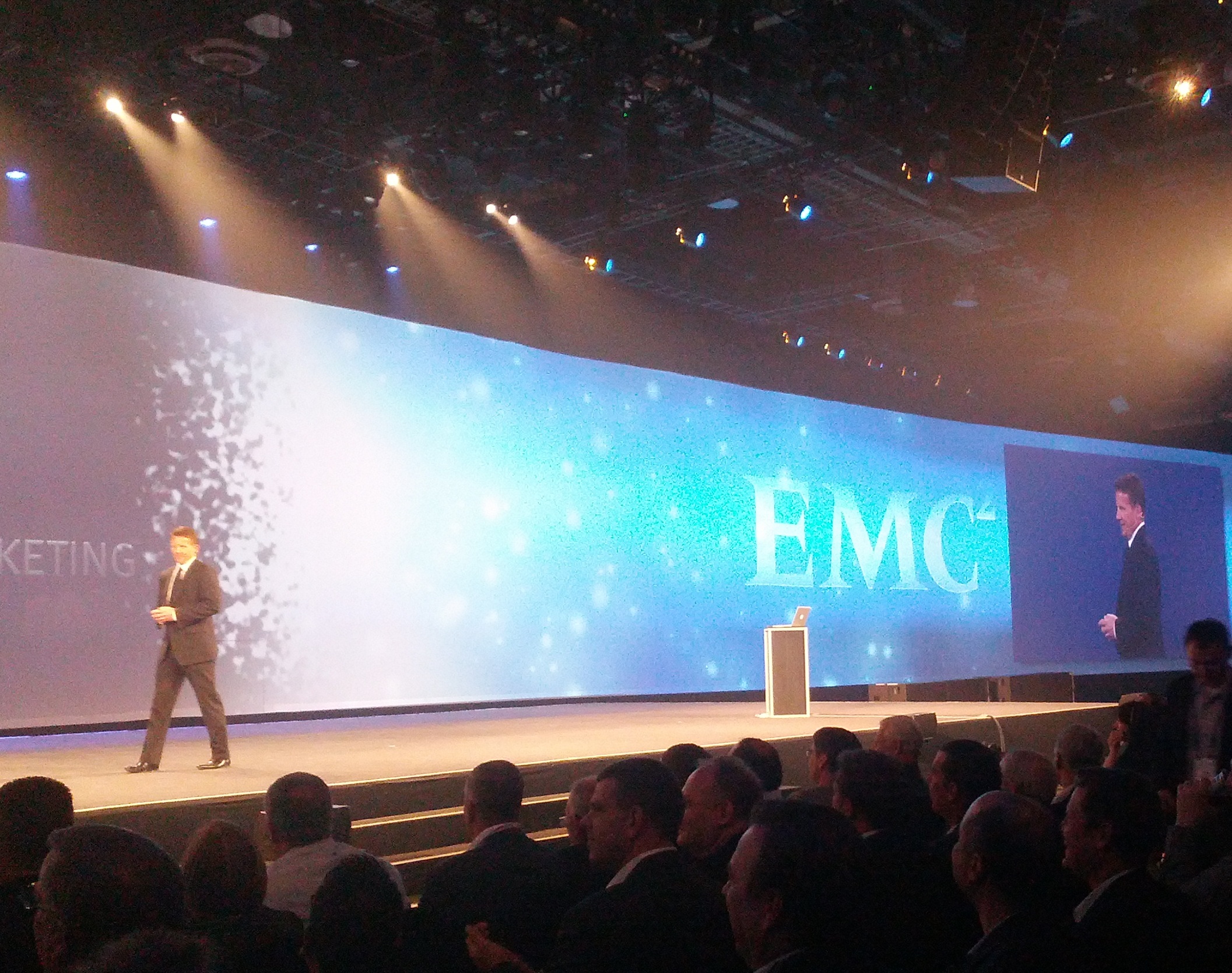 EMC makes software-defined ViPR open source
EMC makes software-defined ViPR open sourceNews Project CoprHD is being released to the dev community via GitHub
By Rene Millman Published
-
 Software-defined storage could lose your data, warns HDS
Software-defined storage could lose your data, warns HDSNews Hitachi Connect 2015: Why you should be wary of deploying commodity hardware
By Joe Curtis Published
-
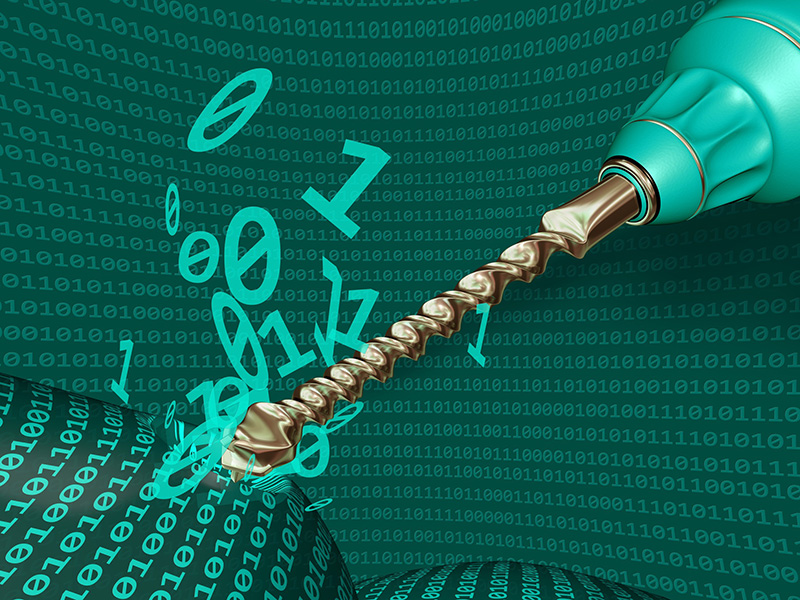 EMC takes aim at Big Data analytics with latest solution
EMC takes aim at Big Data analytics with latest solutionNews The new solution offers sophisticated storage, analysis and insight on key data to aid faster decision making
By Clare Hopping Published
-
 NHS in "jeopardy" unless patient data access improves
NHS in "jeopardy" unless patient data access improvesNews NHS England's Tim Kelsey says more needs to be done to make access and sharing of patient data easier
By Caroline Donnelly Published